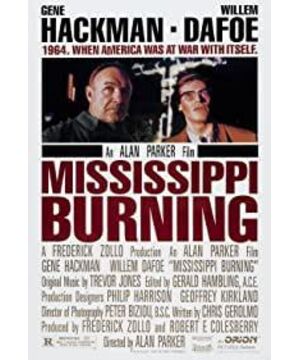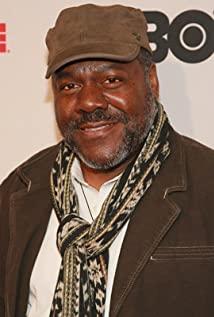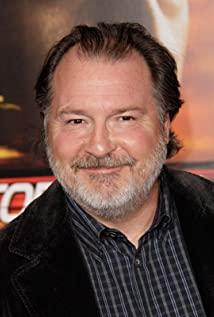As the investigation proceeded, Alan and Anderson realized that even the victims (black group) would not want to provide information because they were afraid they would get retaliated. The local people were not co-operative with the FBI either because they hated people from Washington for political issues. The movie disclosed several conflicts within that period of 1960s: discrimination between white and black, political conflicts between north and south, conflicts between equality and patriarchy, justice and injustice.
Although the society seemed stabilized as most white people in the south did not attack black people, white community and black community did not communicate with each other, and the relationships were still not harmonious during that period. At the very beginning of the movie, Alan and Anderson walked into a restaurant and sat in the “colored area” because the “white area” was full. This behavior was deemed to be socially unacceptable in that town. All the white people in the restaurant were staring at Alan, and even black people would not want to respond to Alan's questions because they were used to the way how “white” and “black” never talk.
As the society was revolutionizing, more people realized the society must be changed. The relationship and civil rights must be changed. Some people were trying to promote the civil right movement. KKK members were actually opposing this movement, and this is why KKK would murder so many black people as well as the civil right workers. Ironically, the movement was meant to make black people have better lives, but it actually created tragedies.
Another big conflict reflected in the movie was the intense relationship between north and south. Ever since after the civil war, Mississippi people thought that the northern “well-educated people” interfered Mississippi's culture and society, which made the society chaotic. The chaos challenged both Alan and Anderson. They tried to stand for what they always believed, which is justice, but they reality was that the conflict and fight were getting more severe. They questioned whether they were doing the right things or not, as they found more and more black people got retaliated or even murdered.
At the end of the movie, the police officer's wife helped Anderson with providing evidence about what KKK did. She had always been feeling uncomfortable with knowing what her husband did, so she told the truth. She sacrificed herself for providing FBI agents with important information , and eventually the KKK member were prosecuted.
After watching the movie, I felt very sad about what happened in Mississippi in 1960s. The movie not only told us what was about the civil rights movements, but also why we needed this movement.
View more about Mississippi Burning reviews











